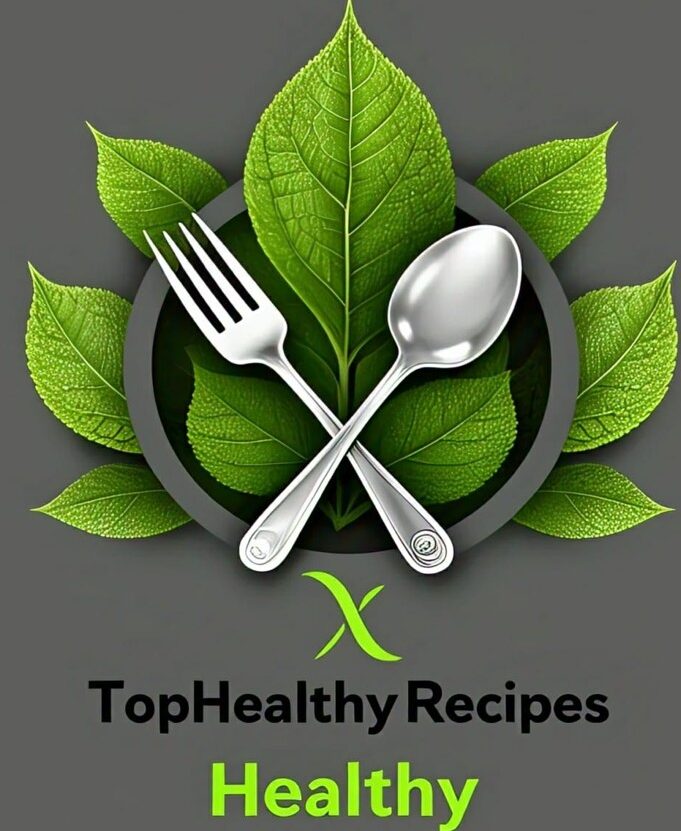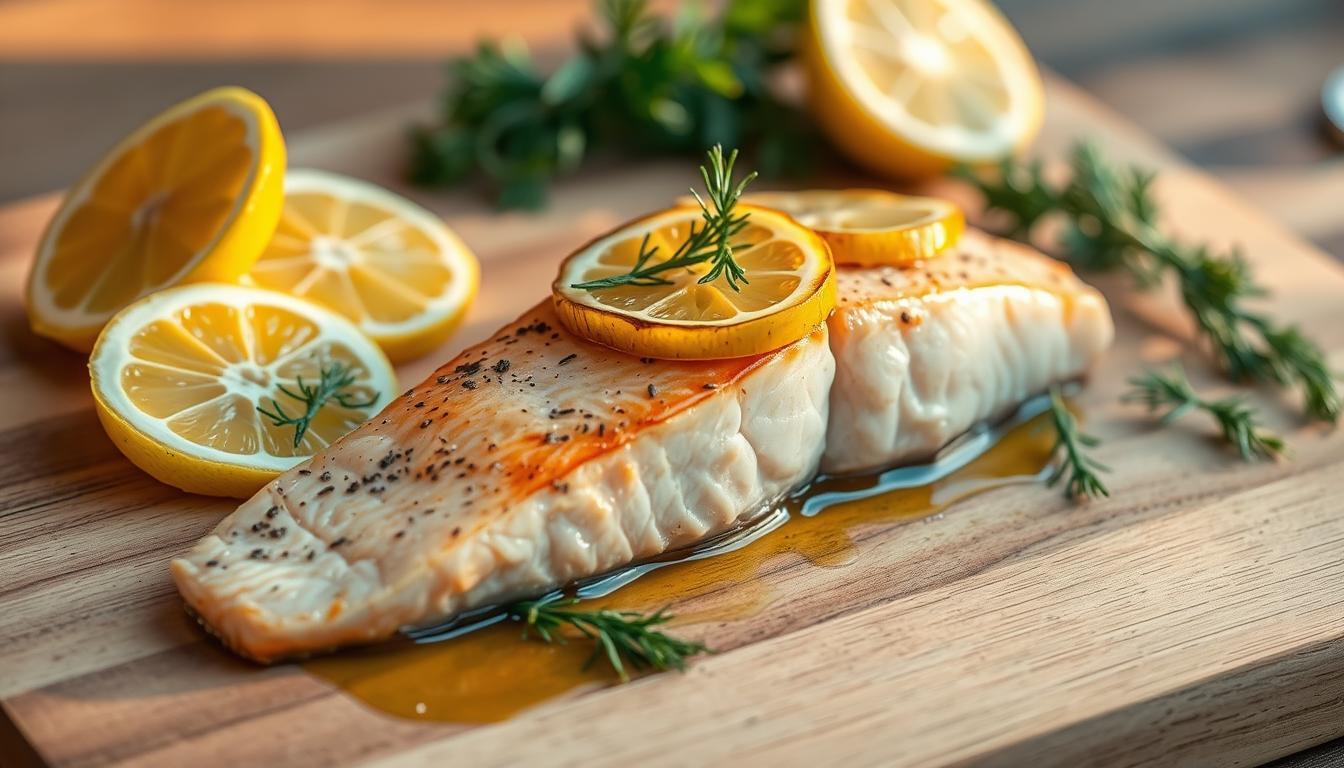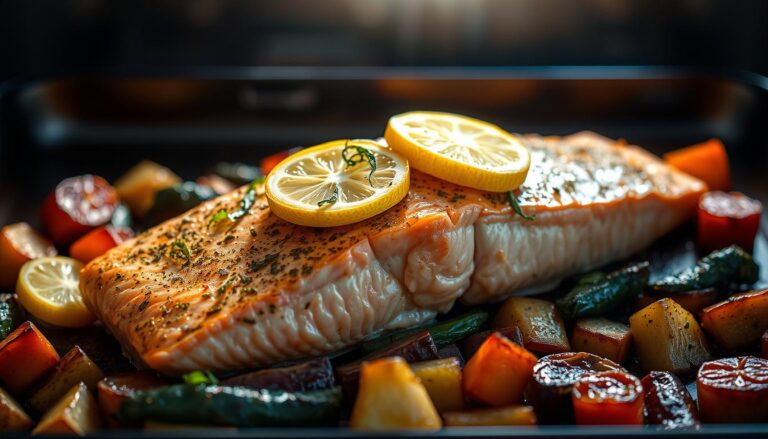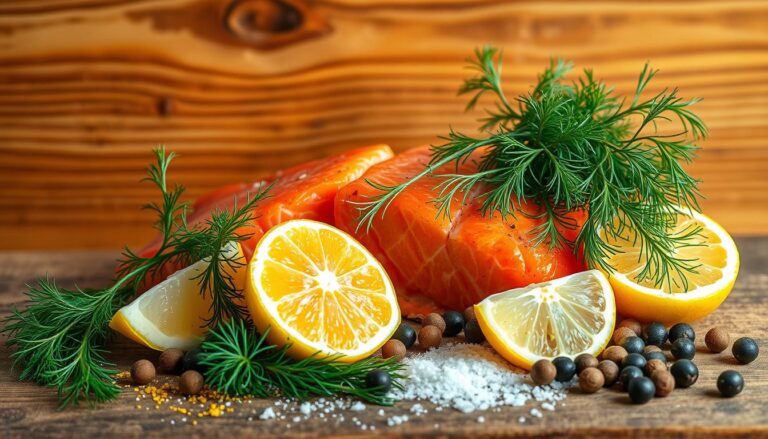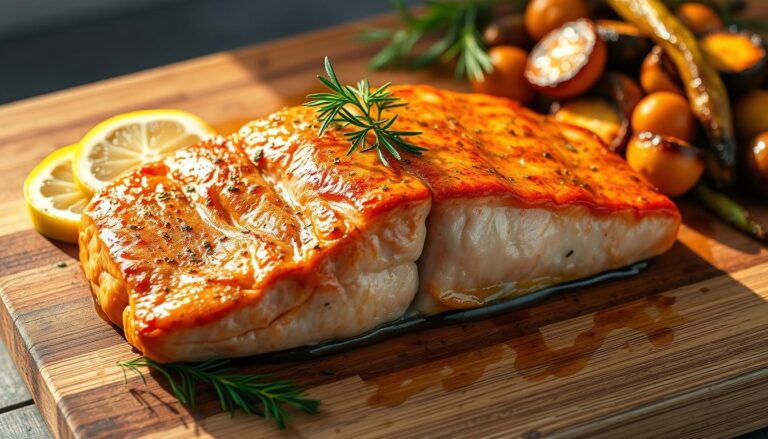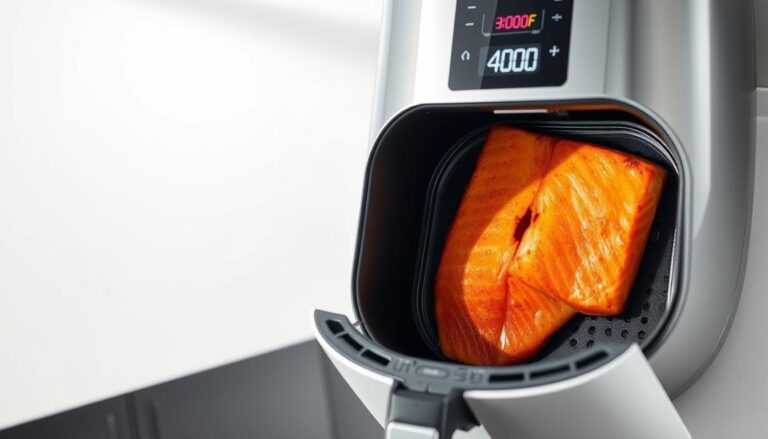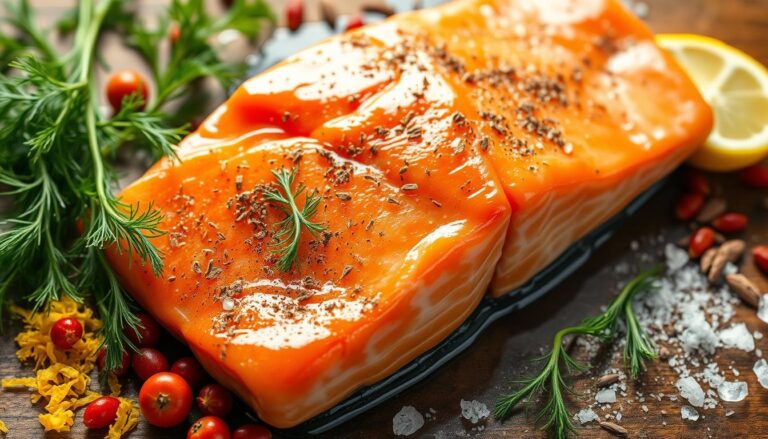Salmon temperature oven tips
Table of Contents
Salmon temperature oven tips
Baking salmon in the oven is a simple way to create a delicious and healthy meal. With just a few steps, you can achieve restaurant-quality results right at home. Whether it’s a quick weeknight dinner or a special occasion, this recipe is versatile and always a crowd-pleaser.
This method requires minimal prep time—just five minutes—and uses only a handful of ingredients. The secret lies in the precise cooking technique, which ensures the fish stays moist and flavorful. Plus, salmon is packed with nutrients like omega-3s, protein, and selenium, making it a smart choice for any meal.
One popular approach is using foil or packets to lock in moisture and enhance the taste. This method is foolproof and perfect for beginners. With millions of views and glowing reviews, this recipe has become a go-to for many home cooks.
Key Takeaways
- Precision baking ensures moist and flavorful results.
- Minimal prep time and ingredients make it easy to prepare.
- Versatile for weeknights, special occasions, or leftovers.
- Foil or packet methods help lock in moisture and flavor.
- Rich in omega-3s, protein, and selenium for a healthy meal.
Why Oven Temperature Matters for Baking Salmon
Mastering the art of baking fish starts with knowing how heat interacts with proteins. When you cook fish, the proteins inside begin to denature, or change structure, at specific heat levels. This process is what gives your dish its texture and flavor.
For example, albumin proteins in fish coagulate at around 140°F. The FDA recommends cooking fish to an internal heat of 145°F for safety. Cooking at lower heat, like 275°F, keeps the fish moist and tender. On the other hand, higher heat, such as 400°F, can dry out thinner cuts but works well for smaller fillets.
The Science Behind Cooking Fish
When you bake fish, two key processes occur: protein denaturation and fat rendering. Proteins unwind and bond together, creating the firm texture you expect. Fats melt, adding richness and flavor to the dish. Low-and-slow cooking at 275°F preserves moisture, while 375°F offers a balanced texture.
How Heat Affects Texture and Flavor
Heat plays a critical role in determining the final outcome of your dish. Too much heat can cause the fish to dry out, while too little may leave it undercooked. Using olive oil or butter as a coating helps protect the fish from high-heat damage. Additionally, the thickness of the fish impacts the ideal heat level. Thicker cuts benefit from lower heat, while thinner ones can handle higher heat.
One visual indicator of overcooking is the appearance of albumin ooze, a white substance that forms on the surface. By understanding these principles, you can achieve perfectly baked fish every time.
Choosing the Right Salmon Temperature Oven
Achieving perfectly baked fish starts with selecting the right heat level for your fillet. The thickness of your cut plays a crucial role in determining the ideal heat. Thicker portions, like 2-pound sides, require lower heat to cook evenly without drying out. Thinner cuts, such as 6-ounce fillets, can handle higher heat for a shorter time.
Ideal Heat Levels for Different Cuts
For thicker fillets, 375°F for 15-20 minutes ensures even cooking. Thinner cuts benefit from 400°F for 12-14 minutes. Wild-caught varieties, like sockeye, cook faster than farmed Atlantic fish due to their leaner texture. Always check doneness 2-3 minutes early for wild-caught cuts to avoid overcooking.
Why 375°F is the Sweet Spot
375°F strikes the perfect balance between cooking time and moisture retention. This heat level prevents aggressive drying in larger portions while ensuring a tender texture. For a golden crust, finish with a 3-minute broil. Compared to 350°F or 400°F trials, 375°F consistently delivers the best results.
- Thicker cuts (1.5 inches): 375°F for 15-20 minutes.
- Thinner cuts (1 inch): 400°F for 12-14 minutes.
- Wild-caught varieties: Check doneness early.
- Broiler finish: 3 minutes for a golden crust.
Preparing Your Salmon for the Oven
Preparing your fish for baking is the foundation of a delicious meal. Start by selecting the best fillet to ensure a perfect outcome. MSC-certified wild-caught options are ideal for both sustainability and flavor. Look for firm flesh and a fresh ocean scent—these are signs of quality.
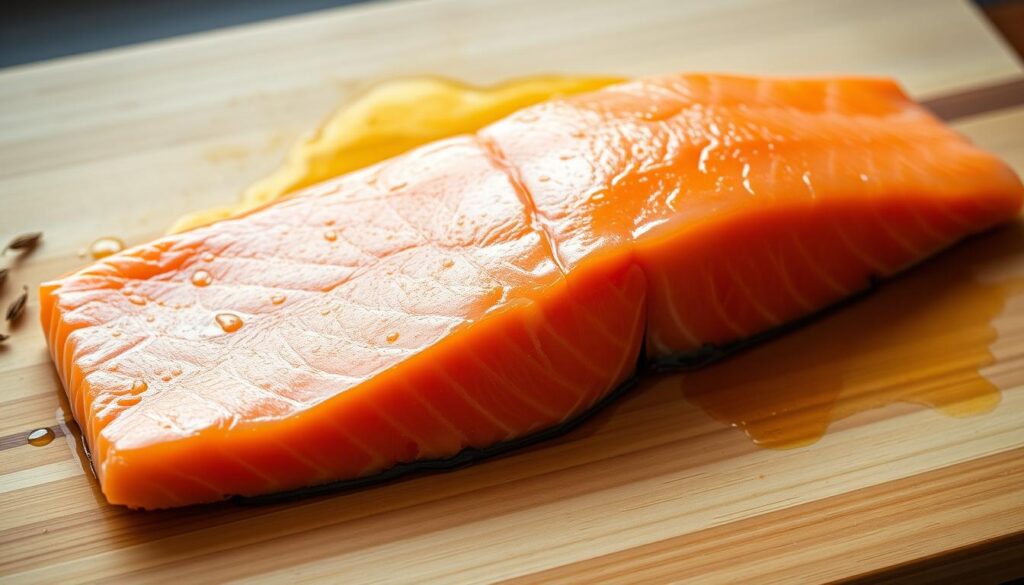
Choosing skin-on fillets helps retain moisture during cooking. After baking, the skin can be easily removed for serving. This simple step ensures your dish stays juicy and flavorful.
Selecting the Best Salmon Fillet
When shopping, focus on freshness. A high-quality fillet should have a vibrant color and no fishy odor. Wild-caught varieties, like sockeye, are leaner and cook faster than farmed options. Always inspect the texture—firmness is a key indicator of freshness.
Seasoning and Marinating Tips
Seasoning is where you can get creative. Start with the essentials: olive oil, kosher salt, and black pepper. These basics enhance the natural flavors of the fish. For added brightness, use fresh herbs like dill or rosemary instead of dried ones.
Marinating is another way to infuse flavor. A simple mix of garlic and lemon juice works wonders. Chef Jessica James recommends compound butter variations, such as kimchi or miso, for a unique twist. These small touches can elevate your dish to the next level.
- Fresh herbs add brightness and depth.
- Garlic-lemon marinade enhances flavor naturally.
- Compound butter offers creative seasoning options.
Step-by-Step Guide to Baking Salmon
Perfectly baked fish starts with the right preparation and technique. By following a few simple steps, you can ensure your dish turns out moist, flavorful, and perfectly cooked every time.
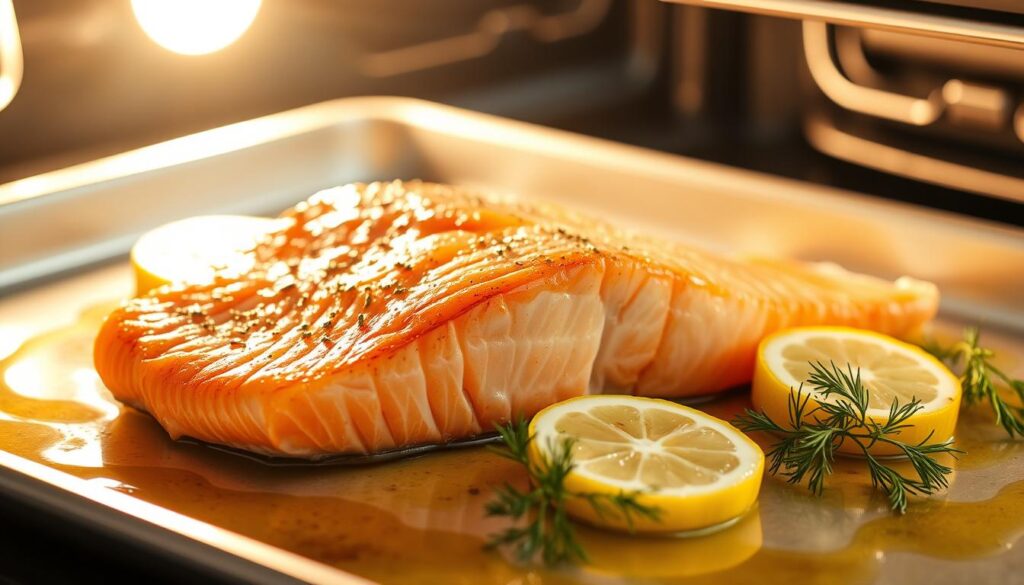
How to Arrange Salmon in the Oven
Start by placing your fillet on a rimmed baking sheet. This prevents juices from spilling over and makes cleanup easier. Position the sheet on the middle rack of your oven for even heat distribution.
If you’re cooking multiple fillets, leave space between them. This allows air to circulate, ensuring each piece cooks evenly. For thicker cuts, consider using a wire rack to elevate the fish slightly.
Using Foil or Parchment Paper for Moisture
To lock in moisture, you can use foil or parchment paper. Foil packets trap steam, keeping the fish tender. Mist the foil with cooking spray or line it with parchment to prevent sticking.
When folding foil, leave some air space around the fillet. This allows heat to circulate, cooking the fish evenly. Parchment paper is another great option, especially if you want to avoid direct contact with aluminum.
Both methods work well, but parchment paper tends to create a slightly crispier crust. Choose based on your texture preference.
Here’s a quick checklist of tools you’ll need:
- Rimmed baking sheet
- Instant-read thermometer
- Basting brush
For standard fillets, bake at 375°F for 12-15 minutes. Always check for doneness a few minutes early to avoid overcooking.
How to Tell When Your Salmon is Done
Determining the right moment to take your dish out of the oven ensures optimal flavor and texture. Overcooking can dry out your fish, while undercooking leaves it unsafe to eat. Here’s how to know when it’s just right.
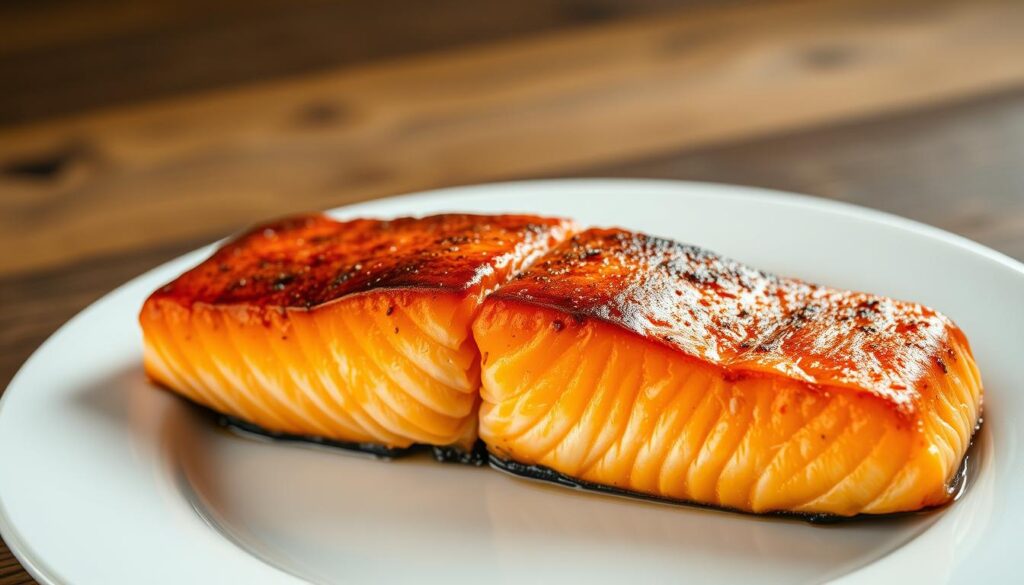
Using a Fork or Thermometer
One reliable method is the flake test. Gently twist a fork in the thickest part of the fillet. If it flakes easily and appears opaque, it’s ready. For precision, use a thermometer. The FDA recommends an internal heat of 145°F, but removing it at 137-140°F allows for carryover cooking, ensuring medium doneness.
Visual Cues for Perfectly Cooked Salmon
Look for changes in color and texture. Translucent pink indicates undercooking, while opaque and flaky means it’s done. Wild-caught varieties may show more vibrant color changes than farmed ones. Lower heat reduces the appearance of albumin, the white protein that seeps out when overcooked.
- Perform the flake test in the thickest section for accuracy.
- Remove the fish at 137-140°F for medium doneness.
- Lower heat minimizes albumin seepage.
- Wild-caught fish cooks faster and shows distinct color changes.
- If overcooked, serve with a sauce or broth to add moisture.
Creative Variations for Baked Salmon
Exploring new flavors can transform your baked fish into a culinary masterpiece. With a few simple tweaks, you can create dishes that are both delicious and visually appealing. Whether you’re a fan of zesty citrus or rich, buttery sauces, there’s a recipe for every palate.
Lemon and Herb Baked Salmon
One of the most popular variations is the lemon and herb recipe. Fresh lemon slices and aromatic herbs like dill or parsley infuse the fish with bright, refreshing flavors. Chef Langley recommends adding sprigs of dill for an extra layer of aroma.
To prepare, place lemon slices on top of the fillet and sprinkle with chopped herbs. This method works perfectly in foil packets, locking in moisture and enhancing the taste. It’s a simple yet elegant way to elevate your dish.
Garlic Butter and Spicy Options
For those who prefer richer flavors, garlic butter is a game-changer. Melted butter combined with minced garlic creates a decadent sauce that pairs beautifully with fish. Add a pinch of chili flakes for a spicy kick.
Alternatively, try Cajun or blackened spice blends for a bold twist. These rubs add depth and complexity to your dish, making it a standout at any meal. A drizzle of lemon-caper butter sauce can tie everything together for a gourmet touch.
| Variation | Key Ingredients | Flavor Profile |
|---|---|---|
| Lemon Herb | Lemon, dill, parsley | Bright and refreshing |
| Garlic Butter | Garlic, butter, chili flakes | Rich and spicy |
| Asian-Inspired | Soy sauce, ginger, sesame oil | Savory and umami |
| Pesto Topped | Pesto, pine nuts | Nutty and aromatic |
For an Asian-inspired twist, marinate your fillet in a mix of soy sauce, ginger, and sesame oil. This glaze adds a savory umami flavor that’s hard to resist. Top with toasted sesame seeds for a finishing touch.
Pesto-topped fish is another crowd-pleaser. Spread a generous layer of pesto over the fillet and sprinkle with pine nuts for crunch. This variation is perfect for those who love bold, herbaceous flavors.
Experimenting with these recipes allows you to discover new favorites. Whether you stick to classic combinations or try something adventurous, the possibilities are endless.
Tips for Reheating and Storing Leftover Salmon
Leftover fish can be just as delicious as the first serving if handled correctly. Proper storage and reheating techniques ensure your meal stays flavorful and moist. Whether you’re saving it for lunch or repurposing it into a new dish, these tips will help you make the most of your leftovers.
Best Methods for Reheating Without Drying Out
Reheating fish doesn’t have to mean sacrificing taste or texture. One effective way is the skillet steaming method. Add a splash of water to a pan, cover it, and heat for 2-4 minutes. This keeps the fish moist and tender.
For a quick option, use the microwave. Heat in 30-second intervals at 50% power to avoid overcooking. If you’re short on time, this method works well for smaller portions.
How to Store Baked Salmon for Later
Proper storage is key to maintaining freshness. Place your leftovers in an airtight container and refrigerate for 1-2 days. Avoid freezing, as it can lead to a “fishy” taste and alter the texture.
When handling leftovers, remove the skin after chilling for easier handling. This step ensures the fish stays intact and ready for reheating or repurposing.
- Repurpose leftovers: Flake into pasta, salad, or scrambled eggs for a quick meal.
- Storage don’ts: Never leave at room temperature for more than 2 hours.
- Skin removal tip: Slide off after chilling for easier handling.
With these tips, you can enjoy your dish again without compromising on quality. A drizzle of olive oil before reheating can also add a touch of richness and prevent dryness.
Conclusion
Creating a delicious and healthy dinner doesn’t have to be complicated. With the right techniques, you can master cooking salmon effortlessly. Experimenting with herbs and spices is a great way to add variety to your meal and discover new flavors.
Remember to let your dish rest after cooking. This ensures carryover cooking keeps it moist and tender. Plus, incorporating salmon into your weekly planning offers a nutritious boost, thanks to its rich omega-3s and protein.
Try this recipe and share your results! Tag us on social media to show off your culinary skills. Happy cooking!
FAQ
What oven temperature is best to cook salmon?
How long to cook salmon in the oven at 200 degrees?
How to cook salmon perfectly?
Why does oven temperature matter when baking salmon?
Why does oven temperature matter when baking salmon?
What is the ideal temperature for baking salmon?
How do I prepare salmon for baking?
Should I use foil or parchment paper when baking salmon?
How can I tell when my salmon is done?
What are some creative ways to season baked salmon?
How do I reheat leftover salmon without drying it out?
How long can I store baked salmon in the fridge?
For more cooking tips, stay connected with us. We also recommend the cookbook Skinnytaste Simple: Easy, Healthy Recipes with 7 Ingredients or Fewer
For more Recipes about Salmon
